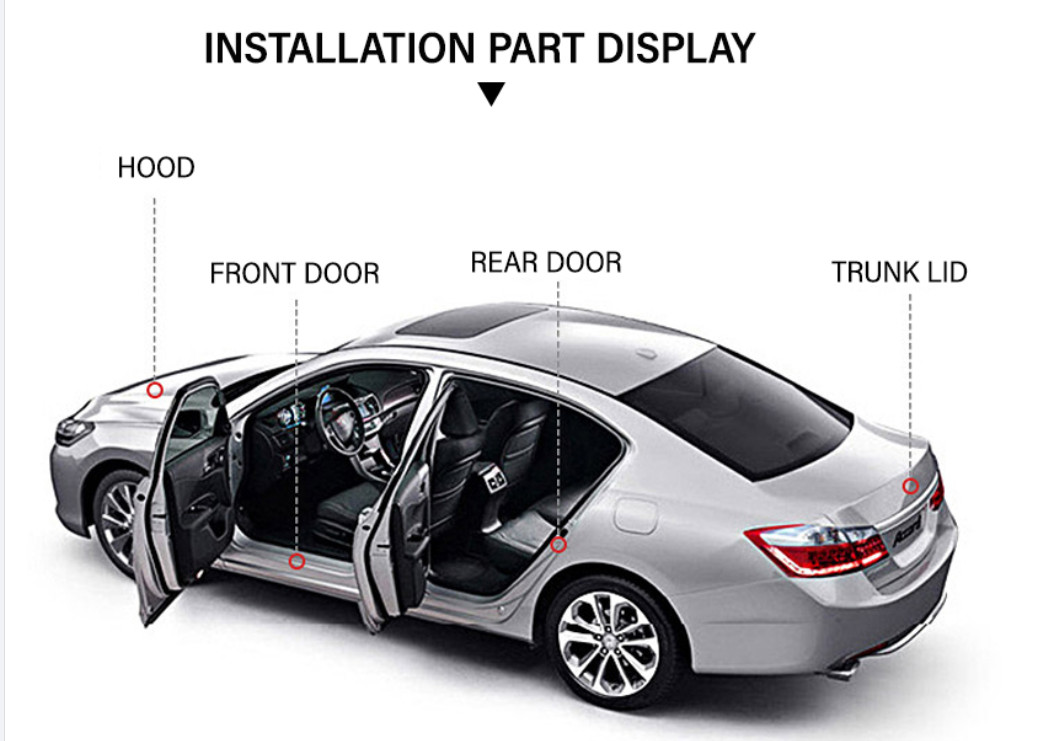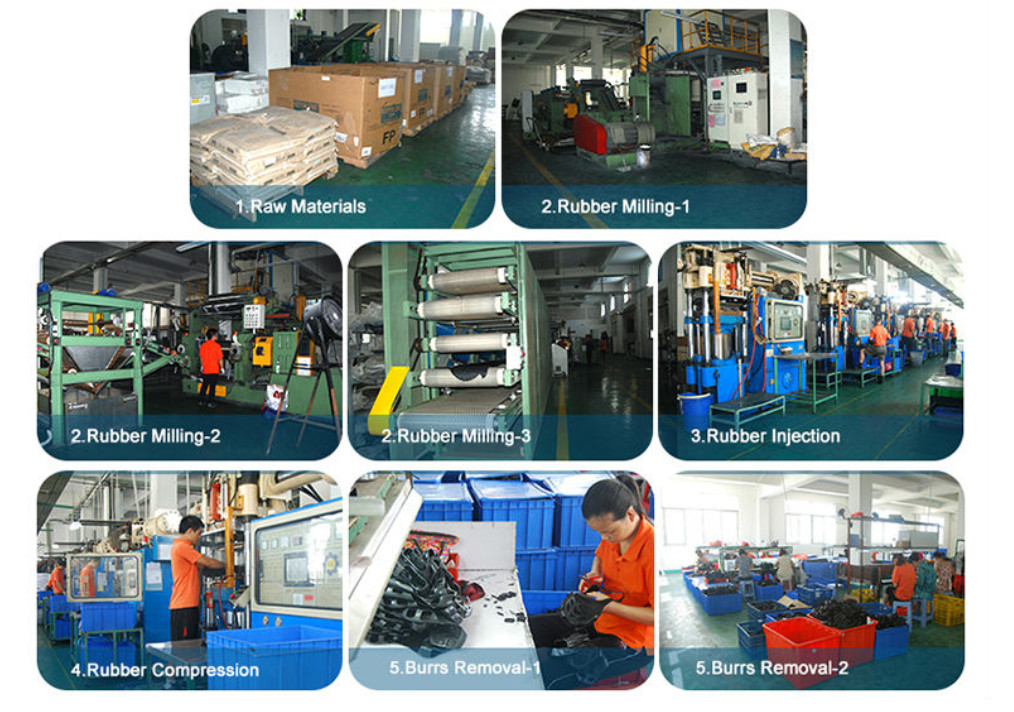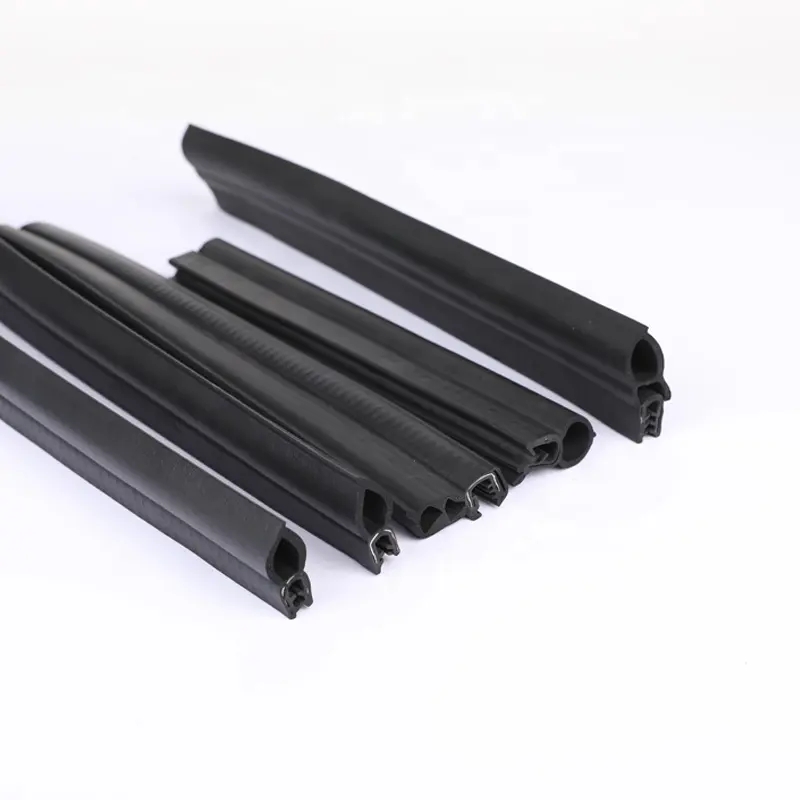Silent Stars of the Road: The Essential Role of Automotive Rubber Seals
Introduction: In the world of automobiles, where sleek designs, high-speed engines, and advanced technology often steal the spotlight, there exists a group of unsung heroes. These unassuming yet essential components are automotive rubber seals. These rubbery workhorses are strategically placed throughout your vehicle, safeguarding structural integrity, optimizing performance, and ensuring safety and comfort. In this article, we embark on a journey to explore the world of automotive rubber seals, shedding light on their multifaceted functions, diverse types, and the pivotal role they play in the automotive industry.
The Multifaceted Functions of Automotive Rubber Seals
Automotive rubber seals are the silent stars of your vehicle, performing a wide range of critical functions:
Weather Resistance: These seals act as protective shields against the elements, ensuring a dry and comfortable cabin by safeguarding the vehicle’s interior from rain, snow, and dust.
Noise Reduction: Automotive rubber seals create a quieter driving experience by minimizing external noise, enhancing your comfort during each journey.
Waterproofing: By forming secure seals in areas like doors and windows, rubber seals prevent water infiltration, protecting sensitive electrical components and preserving your car’s interior.
Vibration Dampening: These seals absorb and mitigate vibrations, extending the lifespan of critical components such as the suspension system and engine mounts.
Pressure Control: Seals play a pivotal role in regulating air pressure within your vehicle, optimizing aerodynamics and enhancing fuel efficiency.
The Diverse Types of Automotive Rubber Seals
Door Seals: Positioned along the edges of vehicle doors, these seals create a waterproof and airtight barrier, ensuring passenger comfort and safety.
Window Seals: Window seals establish a snug fit for windows, enhancing security, reducing wind noise, and preventing water intrusion.
Hood Seals: Placed at the front of your vehicle, hood seals shield the engine compartment from dirt and moisture while contributing to temperature control.
Trunk Seals: Located at the rear of your vehicle, trunk seals guarantee a secure closure, protecting your cargo from external elements.
Engine Gaskets: These high-temperature-resistant seals prevent oil and coolant leakage in the engine, ensuring efficient and clean operation.
O-Rings: Essential for sealing connections and joints within your vehicle’s hydraulic and pneumatic systems, O-rings are critical for maintaining system integrity.
The Indispensable Role of Automotive Rubber Seals
Why are automotive rubber seals so indispensable? Here are the key reasons:
Safety: Properly functioning seals prevent water and moisture from entering your vehicle, reducing the risk of electrical malfunctions and potential safety hazards.
Fuel Efficiency: By reducing wind resistance and minimizing air leaks, rubber seals contribute to enhanced fuel economy, saving you money at the gas pump.
Comfort: Quieter cabins with reduced external noise and optimal climate control enhance your driving experience, making every journey more enjoyable.
Longevity: By dampening vibrations and protecting sensitive components, rubber seals extend the lifespan of various vehicle parts, reducing maintenance costs.
Environmental Responsibility: Effective seals help reduce emissions by ensuring the proper functioning of emission control systems, contributing to a more sustainable and eco-friendly future.
In conclusion, automotive rubber seals may not always take the center stage, but their impact on performance, safety, and comfort is undeniable. Understanding the importance of these silent stars empowers you to make informed decisions about your vehicle’s maintenance and performance. Whether you’re a car enthusiast or a daily commuter, recognizing the vital role of these unsung heroes can help you unlock the full potential of your vehicle.
















